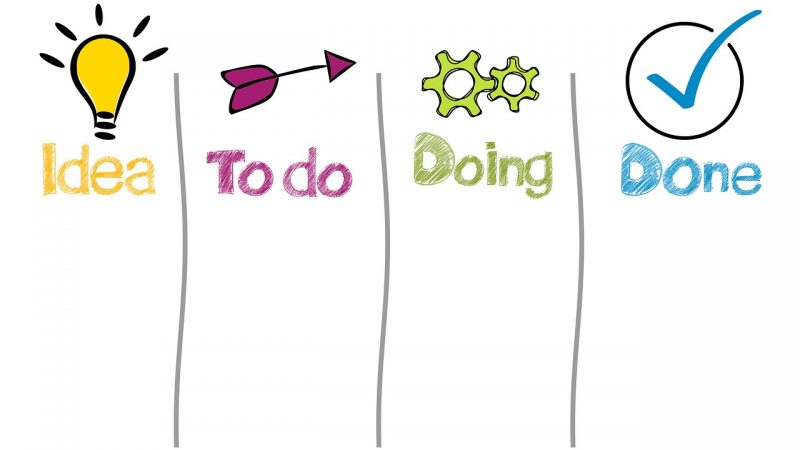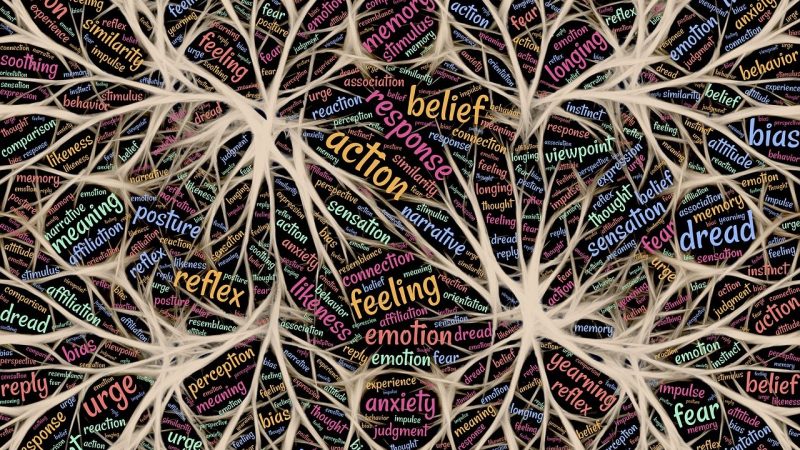Teachers wear many hats in the classroom, acting as educators, mentors, coaches, and even counselors. This multifaceted role has become increasingly complex as teachers support a diverse student body coping with an array of challenges, including trauma. Trauma exposure affects learning, behavior, and development. By adopting a “trauma-informed lens,” educators can better understand and empower students impacted by traumatic experiences.
One emerging concept within trauma-informed teaching is the use of “trauma glasses.” This metaphorical lens enables teachers to approach their practice with greater awareness, empathy, and strategies tailored to trauma. Just as actual glasses help correct vision deficiencies, trauma glasses help educators clearly identify trauma-related needs and respond appropriately.
In this comprehensive guide, we will explore the frameworks, mindsets, and techniques involved in wearing trauma glasses to meet student needs. Teachers will gain actionable strategies and resources for bringing trauma-informed practices into their classrooms. Our aim is to unpack how trauma glasses enable educators to see students’ experiences more clearly and adjust their responses accordingly. Let’s examine why all teachers need trauma glasses in their toolkit and how to start using this important lens.
The Case for Trauma Glasses in the Classroom
The prevalence of trauma among students today makes trauma-informed teaching essential. According to the National Survey of Children’s Health, over 60% of children under age 17 have experienced at least one traumatic event. This includes abuse, neglect, household challenges, and community violence. Racial inequities also amplify adverse childhood experiences.
This widespread trauma exposure has profound neurological, behavioral, social-emotional, and academic consequences. Trauma can inhibit cognitive functioning, memory, and emotional regulation. Students may demonstrate disruptive behaviors, struggle with focus, or seem withdrawn as trauma manifests in the classroom.
Without the proper lens, teachers may misinterpret trauma-related behaviors as intentional disruption, laziness, or disinterest. But by adopting trauma glasses, teachers can recognize that troubling symptoms often derive from underlying trauma requiring empathy and care, not punishment. This trauma-informed mindset builds trust and channels support to meet student needs.
The fundamentals of trauma-informed teaching include:
– Understanding trauma prevalence among students
– Recognizing trauma symptoms in the classroom
– Responding with empathy, not punishment
– Accommodating needs and building resilience
– Promoting physical, social, and emotional safety
– Preventing re-traumatization
This approach ensures students feel secure and avoids exacerbating trauma’s effects on learning. Trauma glasses offer a metaphor to capture this mindset shift in perceiving and responding to disruptive classroom behaviors. Just as glasses bring vision into focus, trauma glasses enable teachers to see students’ experiences clearly.
Foundations of Trauma Glasses
To understand trauma glasses, let’s first explore the conceptual frameworks that define a trauma-informed lens:
Attachment Theory
Attachment theory developed by John Bowlby recognizes that early childhood relationships with caregivers shape self-esteem, empathy, and interpersonal skills. Trauma like abuse or neglect can disrupt healthy attachment, impairing socio-emotional health. Trauma glasses consider how weakened attachments underscore certain behaviors.
Neuroscience Research
Advances in neurobiology reveal how chronic stress and trauma literally alter brain structures involved in memory, self-regulation, and executive functions. Trauma glasses apply this research to understand resulting cognitive and behavioral manifestations.
ACEs Framework
The adverse childhood experiences (ACEs) framework identifies common traumas like abuse, household dysfunction, and neglect that affect long-term outcomes. Two-thirds of students have encountered at least one ACE. Trauma glasses adopt this knowledge.
Cultural Responsiveness
Cultural factors influence trauma prevalence and responses. Racial inequities and bias further marginalize students. Through a multicultural lens, trauma glasses consider individual experiences.
Social-Emotional Learning
SEL provides tools to develop self-awareness, relationship skills, responsible decision making and more. Trauma glasses recognize SEL’s role in building resilience.
By internalizing these multi-disciplinary concepts, teachers develop the informed perspective to wear trauma glasses effectively in the classroom.
Characteristics and Mindsets of Trauma Glasses
Beyond foundational theory, trauma glasses encapsulate specific mindsets and characteristics:
– Seek to understand, not react
– Recognize positive intent rather than perceive disrespect or defiance
– Remain calm and patient versus becoming frustrated
– Provide empathy & compassion over punishment
– Accommodate needs and nurture strengths
– Foster emotional safety and trust
– Avoid judgment and biased assumptions
– Respond gently and trauma-informed
– Consider individual experiences holistically
– Promote resilience and relationship-building
This thoughtful orientation stands in contrast to reactive disciplinary responses that can re-traumatize students. Trauma glasses reframe troubling behaviors as opportunities for healing.
Wearing Trauma Glasses in the Classroom
How can teachers put on trauma glasses effectively? Here are impactful yet realistic tips:
Learn About Trauma
Seek out professional development resources to deepen your trauma knowledge. Recognizing common symptoms and needs will inform responses.
Adopt Self-Reflection Practices
Be aware of your own reactions and emotional triggers. Self-reflection helps catch biased instincts before reacting.
Integrate SEL Programming
Build relationship skills, responsible decision making and resilience school-wide through evidence-based SEL.
Create Safe Spaces
Enable students to take sensory or self-regulation breaks in safe spaces when feeling triggered.
Adjust Policies with Flexibility
Consider trauma needs when enforcing rules and policies. Accommodate students accordingly.
Promote Predictability & Stability
Maintain consistent routines and behavioral expectations to provide a sense of safety.
Choose Words Intentionally
Use validating language focused on feelings and needs rather than judgment.
Listen Actively
Let students share their experiences and validate their feelings before intervening.
Frame Misbehaviors as Learning Opportunities
View struggles as chances to re-teach coping strategies, not punish.
Partner with School Support Staff
Collaborate across administrators, counselors, social workers, and psychologists.
Suggest Individualized Interventions
Recommend tiered trauma interventions based on student needs.
Boost Relational Engagement Strategies
Dedicate time for relationship-building and community circles.
While exhausting at times, intentionally viewing students through trauma glasses strengthens teacher-learner relationships and fosters supportive environments.
Trauma Glasses in Action
Let’s examine some examples of how trauma glasses transform responses to difficult student behaviors:
Without Trauma Glasses
When a student bursts into tears over a small mistake, the teacher assumes attention-seeking behavior and demands they get over it quickly.
With Trauma Glasses
Recognizing this overreaction stems from trauma, the teacher speaks calmly to validate feelings and provides space to self-regulate.
Without Trauma Glasses
A student consistently misses homework deadlines and the teacher automatically gives detentions for irresponsibility.
With Trauma Glasses
Acknowledging difficulties at home, the teacher exercises compassion and works with parents to adapt deadlines.
Without Trauma Glasses
A child falls asleep in class and the teacher becomes frustrated and penalizes off-task behavior.
With Trauma Glasses
The teacher realizes sleep disruptions may be tied to late nights caring for siblings and adjusts expectations.
Without Trauma Glasses
When a student has an outburst, the teacher immediately sends them to the principal’s office for discipline.
With Trauma Glasses
Understanding the student’s history of abuse, the teacher first implements de-escalation strategies.
By reconsidering behaviors through a trauma-informed lens, teachers can provide measured responses tailored to individual needs. The trauma glasses metaphor helps embed this switched perspective.
Conclusion
Student trauma exposure is inevitable. But adopting trauma glasses enables teachers to accurately perceive troubling symptoms while responding with empathy, flexibility, and emotional safety. A trauma-informed lens builds trust, restores feelings of security, and empowers students impacted by adversity.
While trauma glasses require concerted effort, purposeful self-reflection, and partnership across staff roles, this paradigm shift unlocks teaching practices that heal rather than harm. Initiative like on-going professional development, school-wide SEL integration, tiered interventions, and cross-functional teams help sustain trauma-informed culture.
By implementing the frameworks, mindsets, and strategies detailed throughout this guide, teachers can integrate trauma glasses effectively into their practice. While the challenges will persist, a trauma-informed perspective cultivated through resources like trauma glasses will lead to more supportive classrooms where all students can thrive.










